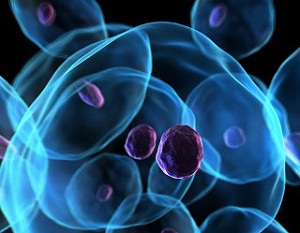Question:
Cell Death and Apoptosis – Where Lies the Difference?
The Protein Man Says:
While necrosis is a messy affair that results from an acute infection or a direct injury to the cells and living tissues; apoptosis (also referred to as "programmed cell death" or PCD) is more of a sequential process by which cells, that are functioning incorrectly or are no longer needed, go through the route of self-destruction. So, whereas apoptosis is more of a naturally occurring event, necrosis is not. And whereas apoptosis has a beneficial effect, necrosis triggers the opposite effect which, at times, can be fatal to any living organism.
 Understanding Necrosis
Understanding Necrosis
Necrosis can best be described as the premature death of a cell resulting from external factors such as trauma, infection or toxins. Since necrosis results in unregulated release of cellular debris into the intracellular space, neighbouring phagocytes find difficulty in locating and eliminating its by-products. Some classic examples that show the detrimental effects of necrosis include gangrene, infarction and acute pancreatitis.
Understanding Apoptosis
Apoptosis, on the other hand, is a naturally occurring event that takes place on a daily basis in multicellular organisms. The series of events that lead to apoptosis brings about a number of morphological changes which are considered beneficial and, in fact, vital to the survival of the organism. One of the most classic examples of apoptosis includes the differentiation of the digits to form separate fingers and toes in the human embryo. This process also plays an important role in preventing unwanted cell proliferation which may, in turn, induce the development of cancer cells and allow the spread of viral infections.
Apoptosis is brought about by a series of cellular events. When a cell dies as a result of this process, neighbouring phagocytic cells engulf the remaining debris, thereby preventing any risk of inflammation. However, any disruption in the apoptopic pathway often leads to disastrous results such as the development of tumors and several inflammatory, autoimmune and viral diseases.
To better understand the physiological processes that take place during apoptosis, there are a number of apoptopic assays and accessories that you can use in studying single cells and cell populations.






